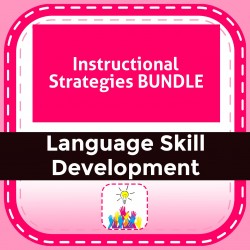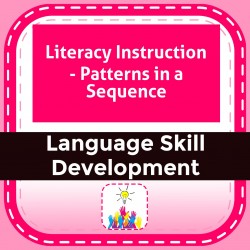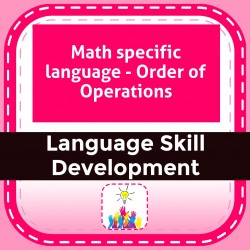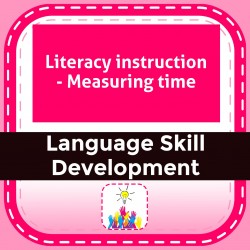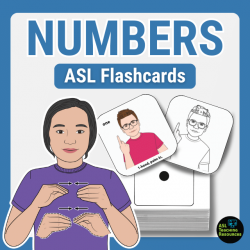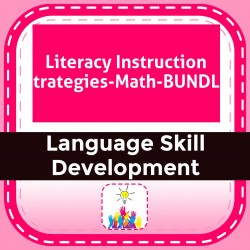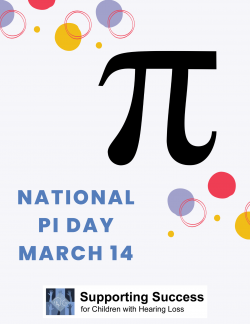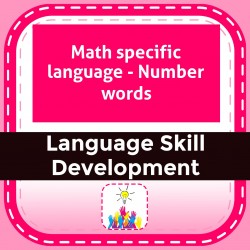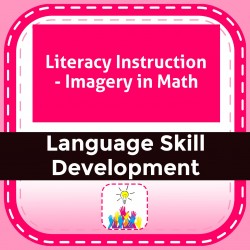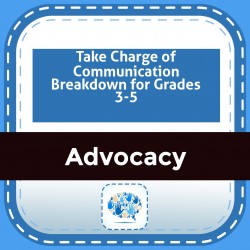Ability Levels
Categories
Resource Types
Age/Grade Range
CCSS
Anchor Standard
Speaking & Listening
Language
Reading
Instructional Strategies BUNDLE
$ 795
This bundle of instructional stategies includes information and activties for using prior knowledge, cooperative learning, goal setting, key information, effort v. practice, comparison, and visual org
...
anizers. 71 pages. Use with all ability levels.
Literacy Instruction - Patterns in a Sequence
$ 195
Success in mathematics requires multiple brain processes to function simultaneouSZy. Instructional strategies and activities include completing number patterns, sequencing and solving sequential word
...
problems, the Fibonacci Sequence, and sequence in changes in matter.
Math specific language - Order of Operations
$ 295
These activities and worksheets are a great tool to use as reinforcement or extra practice with order of operations. Includes instructional strategies and activities for visualizing parentheses, dra
...
wing number pictures, and solving word problems using PEMDAS.
Literacy instruction - Measuring time
$ 195
Time
is a very abstract concept, and teaching time requires both direct instruction and real world application. Instructional strategies and activities are included for telling time, using tim
...
melines, sequencing,
predicting and measuring how much time an activity takes/will take; and
matching significant holidays with months of the year.
Sign Language Flashcards Numbers 0-10
$ 399
Do you want to supercharge your numbers-related vocabulary excitingly and inclusively? Dive into the world of Numbers Flashcards! These versatile tools cater to learners of all levels, offering colore
...
d and black-and-white versions, visual picture cards for enhanced word association, and the flexibility to choose flashcard sets with or without written words. Prepare to embark on a multisensory learning adventure in English and Sign Language as you master 12 everyday number signs!Numbers flashcards 0-10 make vocabulary-building fun and enhance learning in mainstream and special education settings. These flashcards turn learning number signs terms into an enjoyable multisensory adventure. Using visual, aural, and tactile learning techniques makes numbers language learning fun and successful.
Literacy Instruction Strategies-Math-BUNDLE
$ 895
This bundle includes instructional activities that can be used for pre-teaching, re-teaching, or extra practice in math related vocabulary and concepts. Topics include math comprehension, measuring t
...
ime, number sense, order of operations, patterns, sequencing, symbols, equations, word problems, value, visual imagery in math, and critical thinking. 49 pages. Most activities can be used with all ages. Includes ID numbers 0891, 0892, 0893, 0894, 0969, 0973, 0974, 0976, 0977, 0978.
Holidays & Seasonal - National Pi Day
$ 0
These worksheets and activities are a fun way to introduce new vocabulary, start a discussion, and extend a language or math lesson about Pi. Includes language activities and fillable worksheets for
...
understanding and using jokes and riddles associated with the symbol and word Pi.
Math specific language - Number words
$ 295
These activities and worksheets cover various aspects of using number words, ordinals, prefixes (uni-, bi-, tri-, etc.), and shapes. Activities include choosing a number word, drawing by following ins
...
tructions, sentence practice, decoding number words in text, and critical thinking.
Literacy Instruction - Imagery in Math
$ 195
These instructional strategies and activities cover imagery in math. Visual-spatial processing is the ability to tell where objects are in space. Activities include visualizing shapes, fractions, an
...
d angles; visualizing word problems, and identifying 3-D shapes.
Take Charge of Communication Breakdown for Grades 3-5
$ 8
A ten-page comic-style book (in color & grayscale) defines communication and communication breakdown. Examples are shown as interactions between two boys: Luke and Ricardo. A teacher acts as narrator
...
and discusses three tools for repairing communication breakdown: signaling the breakdown, asking for repetition and repeating what was heard. The boys use each tool in responding to a single CBd event. A glossary is provided at the end of the book. Materials also include a graphic organizer, 8 discussion-starter cards, 6 review cards and 5 comprehension questions for assessment. Teacher notes explain how the lesson materials can be used in face-to-face lesson or on a digital platform.
 Your browser is out of date. For best experience switch to latest updated Browser.
Your browser is out of date. For best experience switch to latest updated Browser.
 Get Chrome
Get Chrome Get Edge
Get Edge Get Firefox
Get Firefox